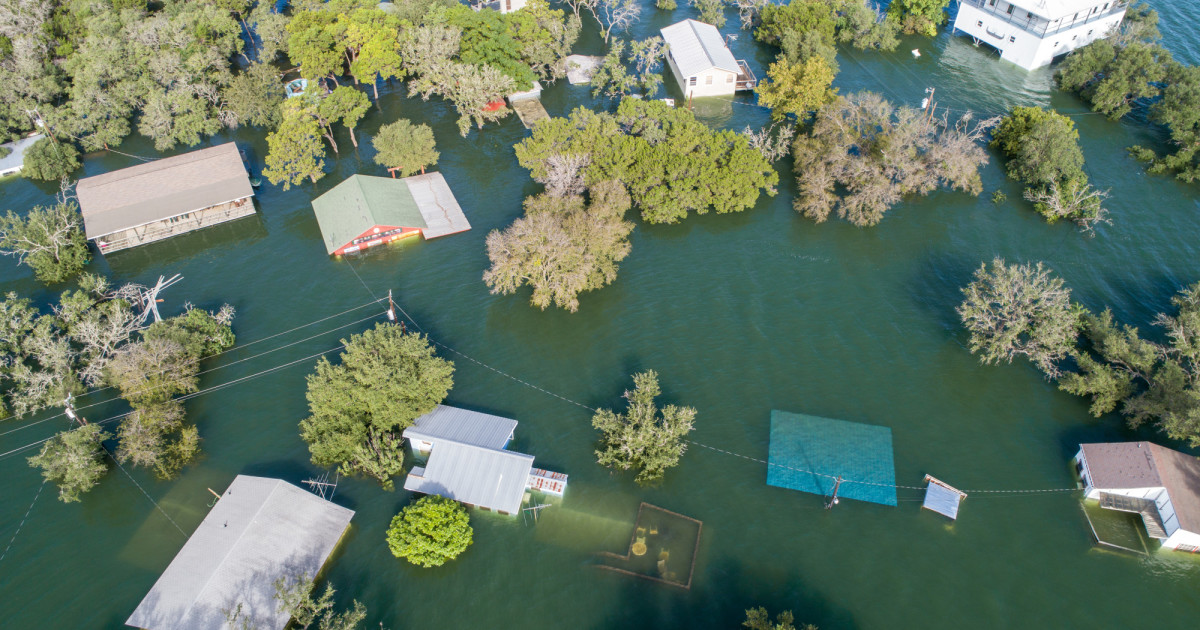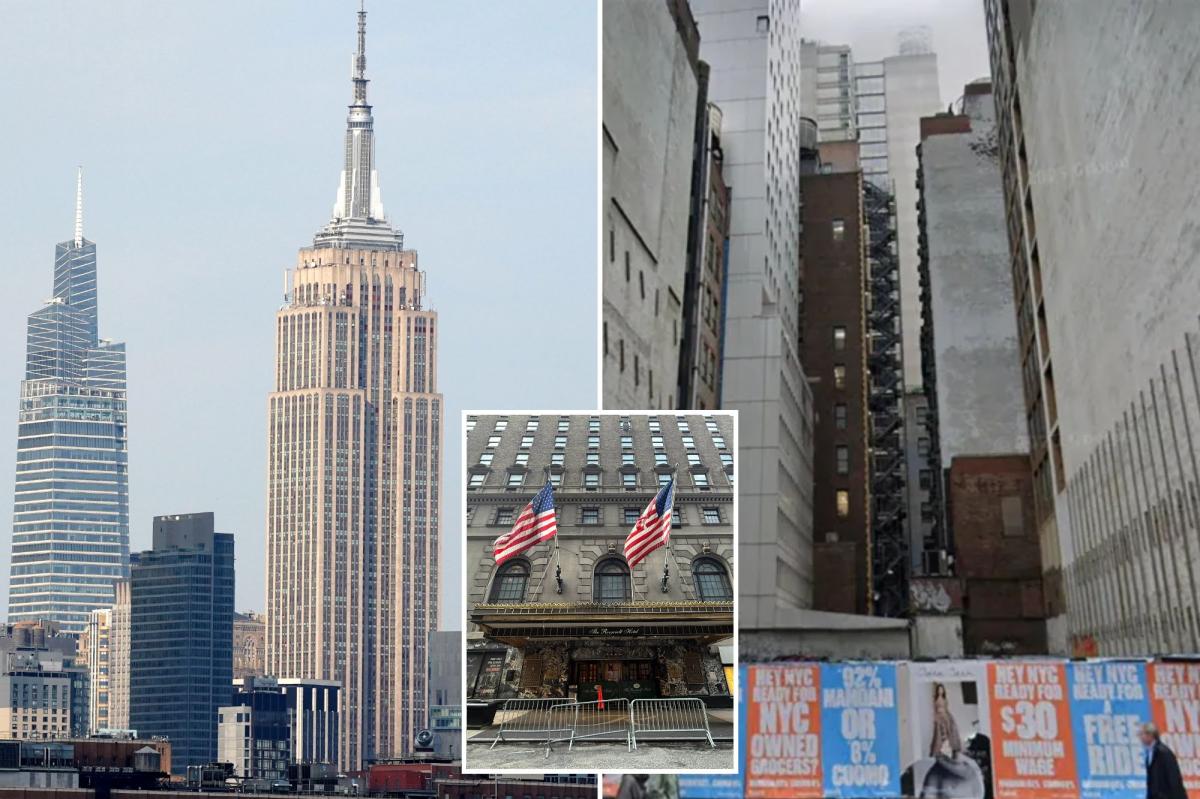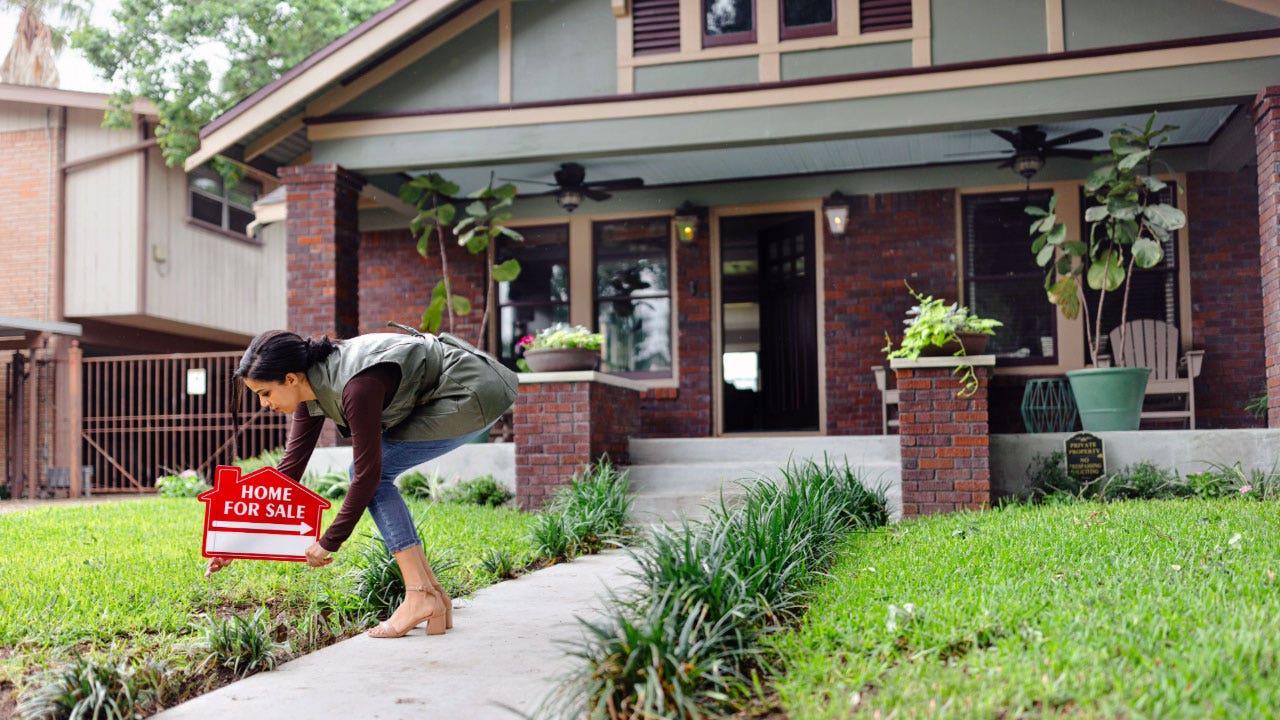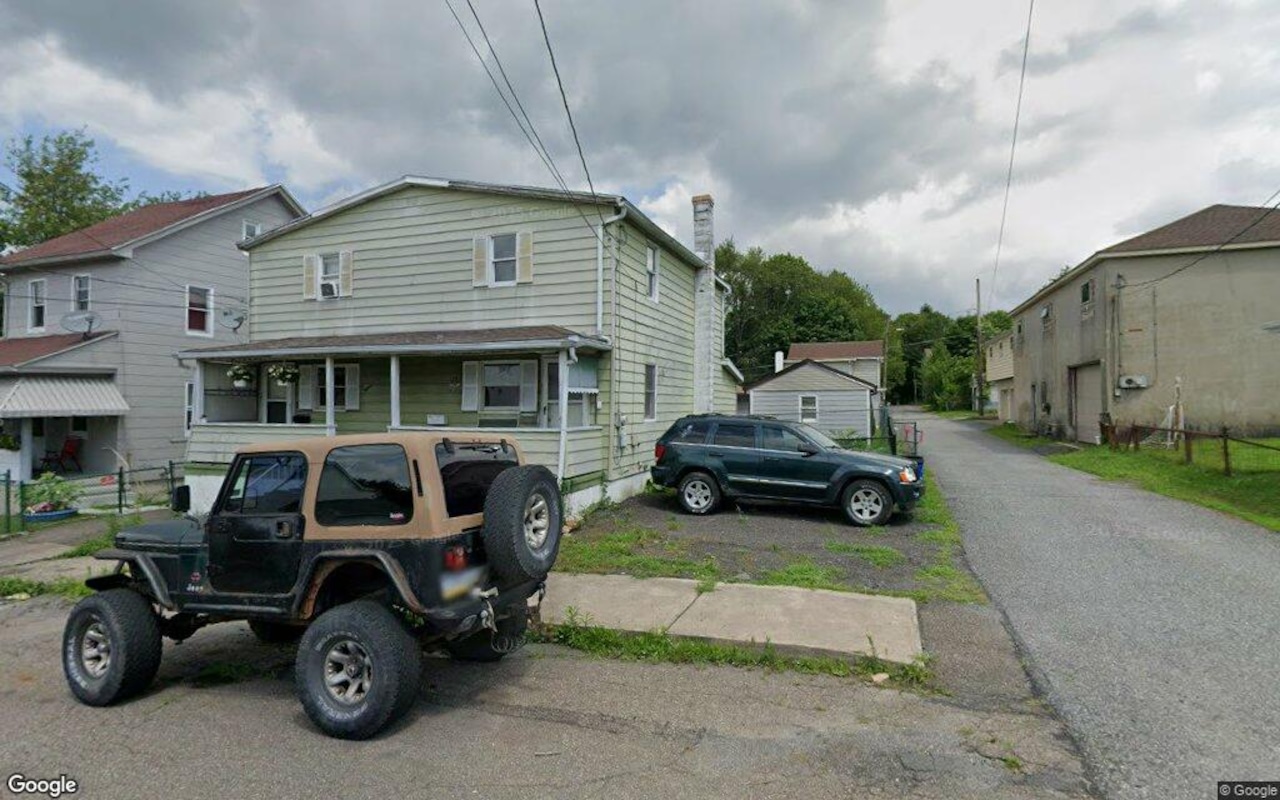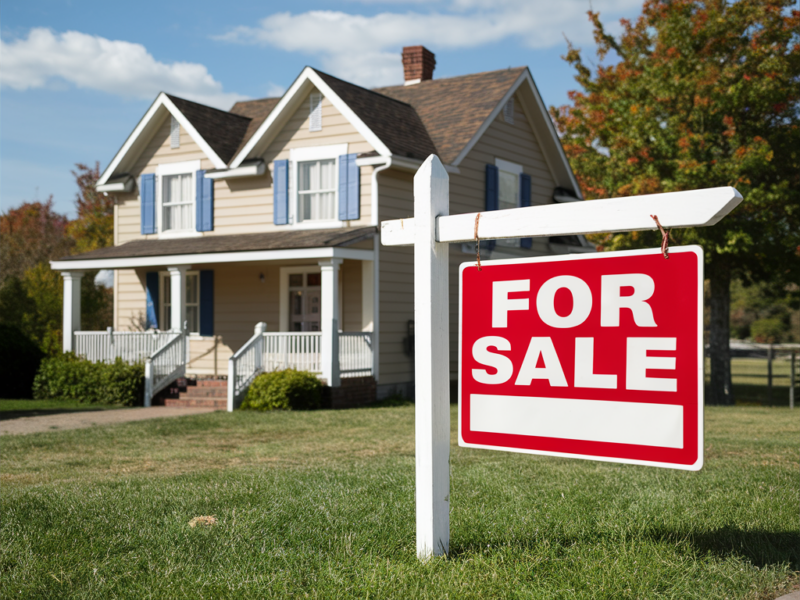A
new report from Redfin reveals a shift in the real estate market, with home values rising faster in areas at low risk for natural disasters than in high-risk regions. This marks a reversal of the trend seen over the past 14 years, suggesting that buyers are becoming increasingly hesitant to move to disaster-prone areas.
According to the report, home prices in areas with low risks of extreme heat, flooding, or fire have outpaced those in higher-risk areas. For example, homes at low risk for extreme heat saw a 7% year-over-year increase, compared to 6.3% for heat-prone areas. Similarly, homes with a low risk of flooding rose 6.7%, while high-risk areas saw a 6% increase.
Redfin Senior Economist Elijah de la Campa attributes this shift to the growing impact of climate change on homebuying decisions. "With climate catastrophes becoming more frequent and costly, many people are choosing not to live in risky areas," he said. "And with insurance costs skyrocketing, these areas have become prohibitively expensive."
A 2023 Zillow study found that over 80% of buyers consider climate risks when shopping for a home, further supporting the idea that climate change is influencing homebuying decisions.
The shift in market conditions has been particularly pronounced in Florida and Texas, where demand has slowed significantly in recent years. While natural disasters have played a role, other factors such as increased supply and rising insurance premiums have also contributed to the decline.
Despite the one-year reversal, homes in high-risk areas still tend to appreciate more over the long term. However, some economists believe that home prices in these areas may not yet reflect the true risks associated with climate change, potentially creating a housing bubble.
